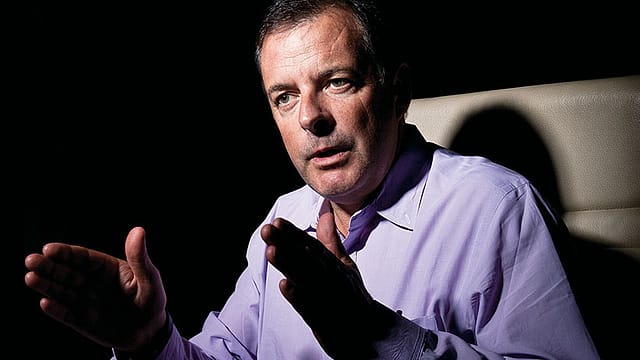Scholastic is back in school
ADVERTISEMENT

Scholastic Corporation, started in 1920, is the world’s largest publisher and distributor of children’s books and educational material. The company is present in 150 countries, including India. On a recent visit here, Shane Armstrong, executive vice president, Scholastic Corporation, and president, Scholastic International, growth markets, spoke to Fortune India on how the company is gearing up for new markets. Edited excerpts:
Scholastic isn’t just a publisher anymore. It’s moving into educational solutions in a big way. To what extent is this reflected in Scholastic India?
We have been focussing on curriculum-based education in India for the last four to five years, working closely with teachers and principals across the country. For example, we have released Alpha Mathematics, an India-specific programme. We not only introduced international best practices, but also worked with teachers to address the curriculum requirements here and the best practices we found in the country to create a product that can’t be bought anywhere else.
Scholastic has been in India since 1997. What changes have you observed here in children’s books publishing and how do you see the future?
Interest in children’s books has definitely increased and so has the variety being read.
What is the size of Scholastic’s Indian market and how fast is it growing?
We are the largest international publisher and distributor of children’s books here. We focus on children from primary to senior secondary, as well as teachers and parents. For the past five years, our compounded annual growth has been in the high double digits.
December 2025
The annual Fortune 500 India list, the definitive compendium of corporate performance, is out. This year, the cumulative revenue of the Fortune 500 India companies has breached $2 trillion for the first time. Plus, find out which are the Best B-schools in India.
Scholastic has successful series and characters, such as Clifford the Big Red Dog (whose author Norman Bridwell died recently). Why didn’t they become icons like the Disney characters?
Clifford is really big in the U.S. He has television shows and plays. But he is better recognised there than elsewhere. We have built characters in many of the series we have published. Katniss Everdeen of The Hunger Games has been an inspirational figure for women and girls. In the U.S., we’ve had some of the biggest-selling series such as The Baby-Sitters Club and Goosebumps. Then there was Harry Potter. We do something very different from Disney. We are not a film company; we are about bringing books, literacy, and reading to kids. [Anyway,] we haven’t been around as long as Disney, so we can’t reach the saturation it has.
You returned to Scholastic in 2010 after 15 years, taking the helm. What changes did you observe?
One, we are developing an amazing digital strategy, and two, the investments we are putting into India, China, Latin America, and West Asia. We have moved from being an American company to one that’s embracing emerging international markets.
